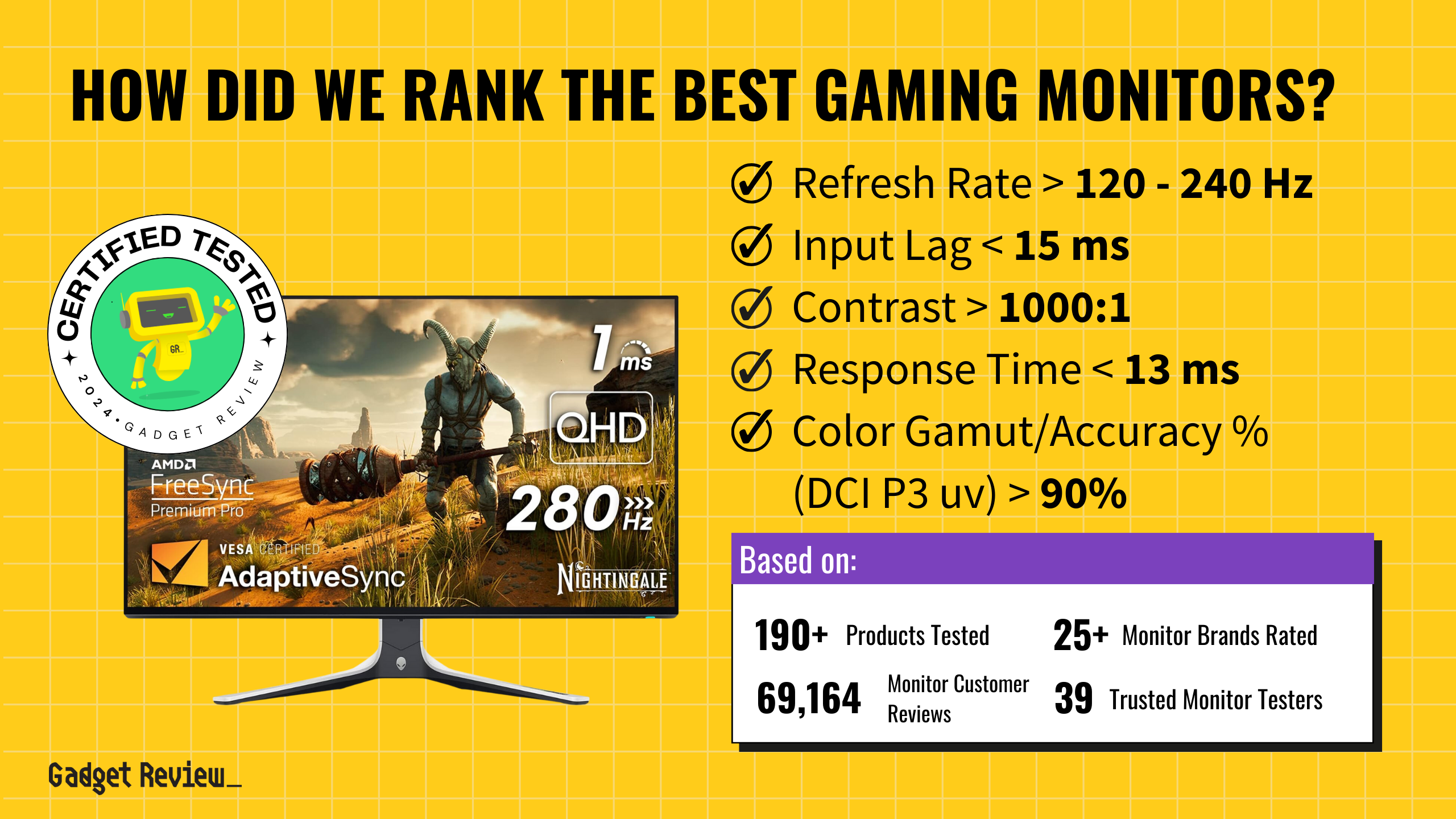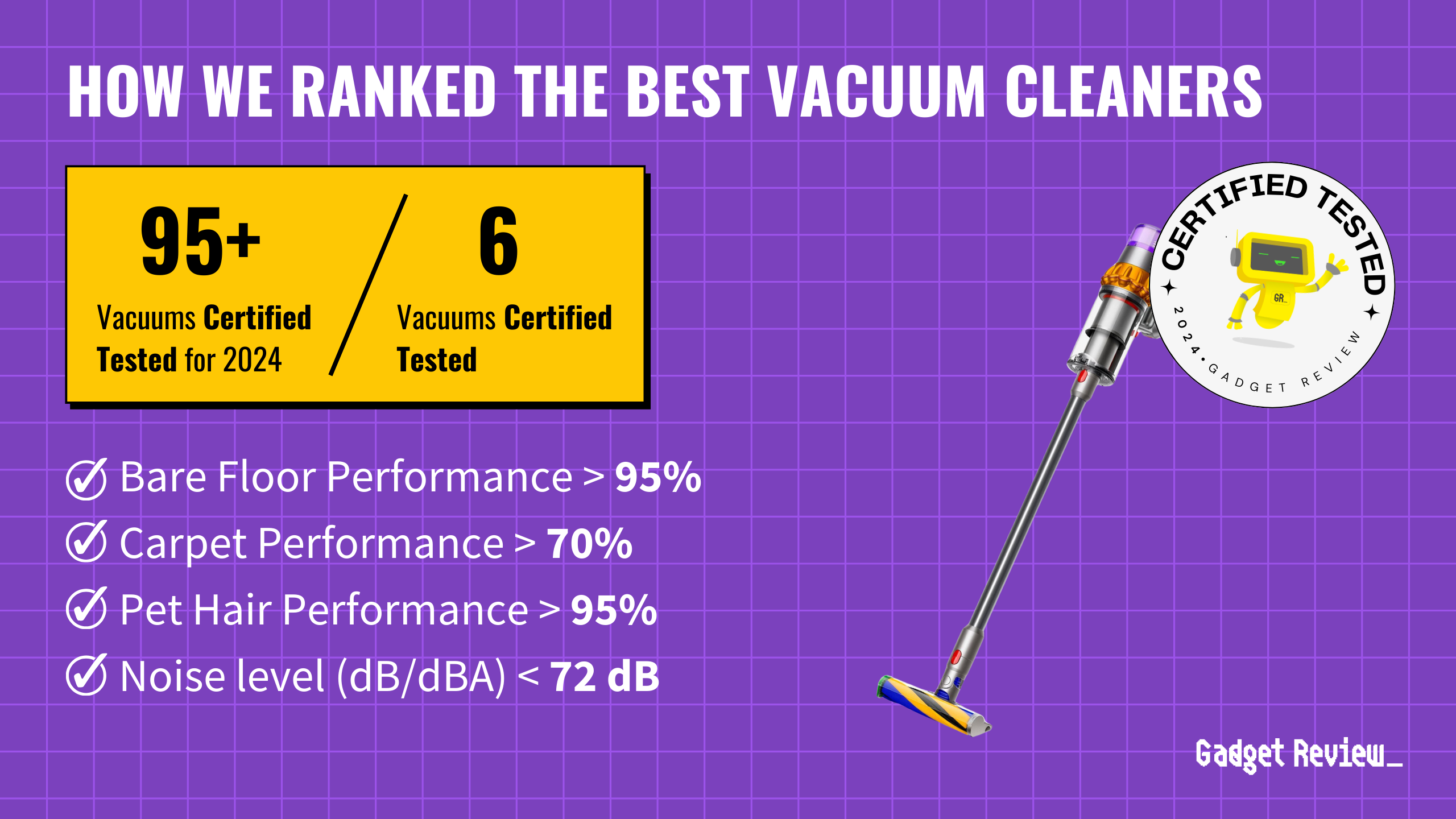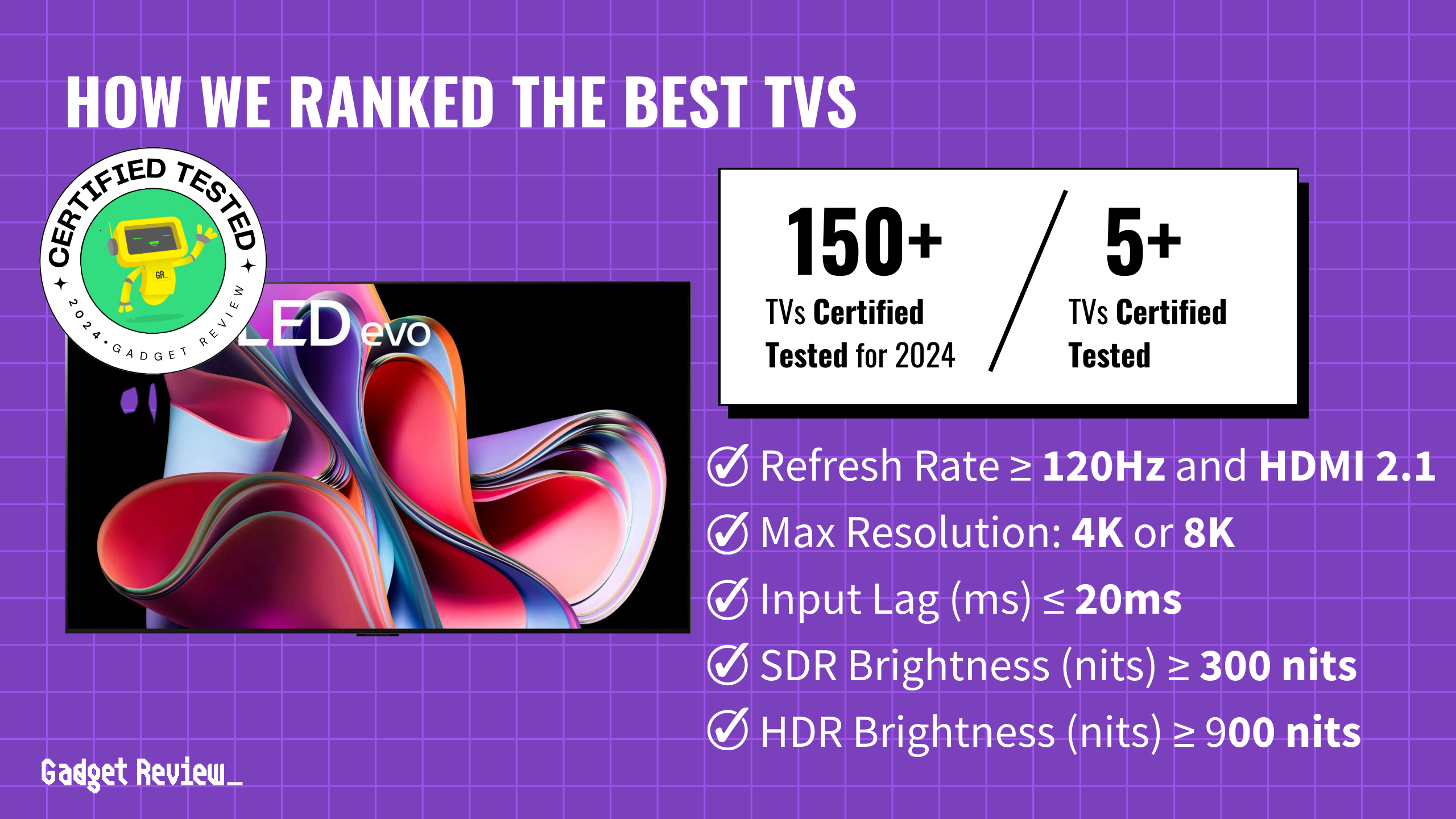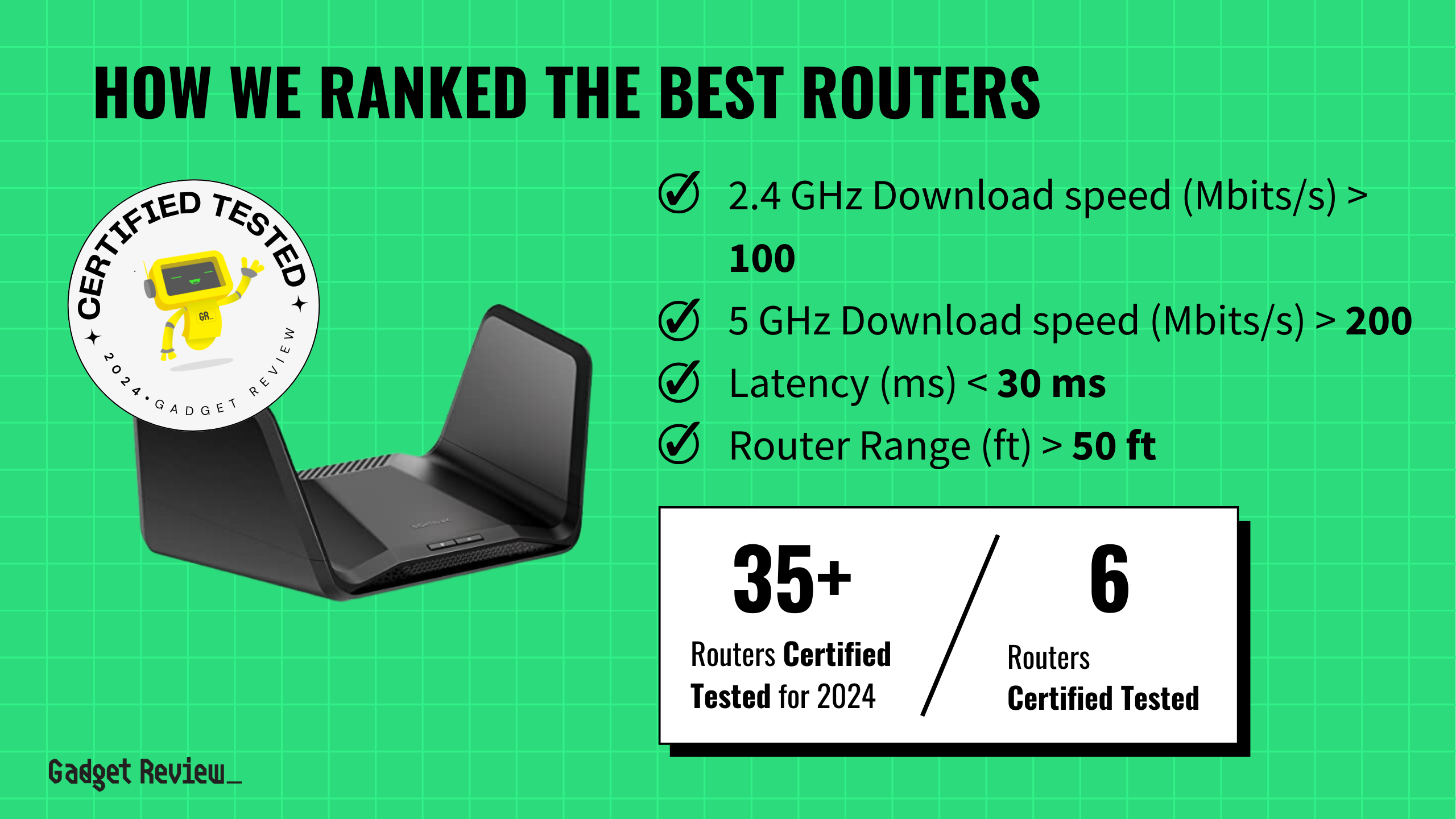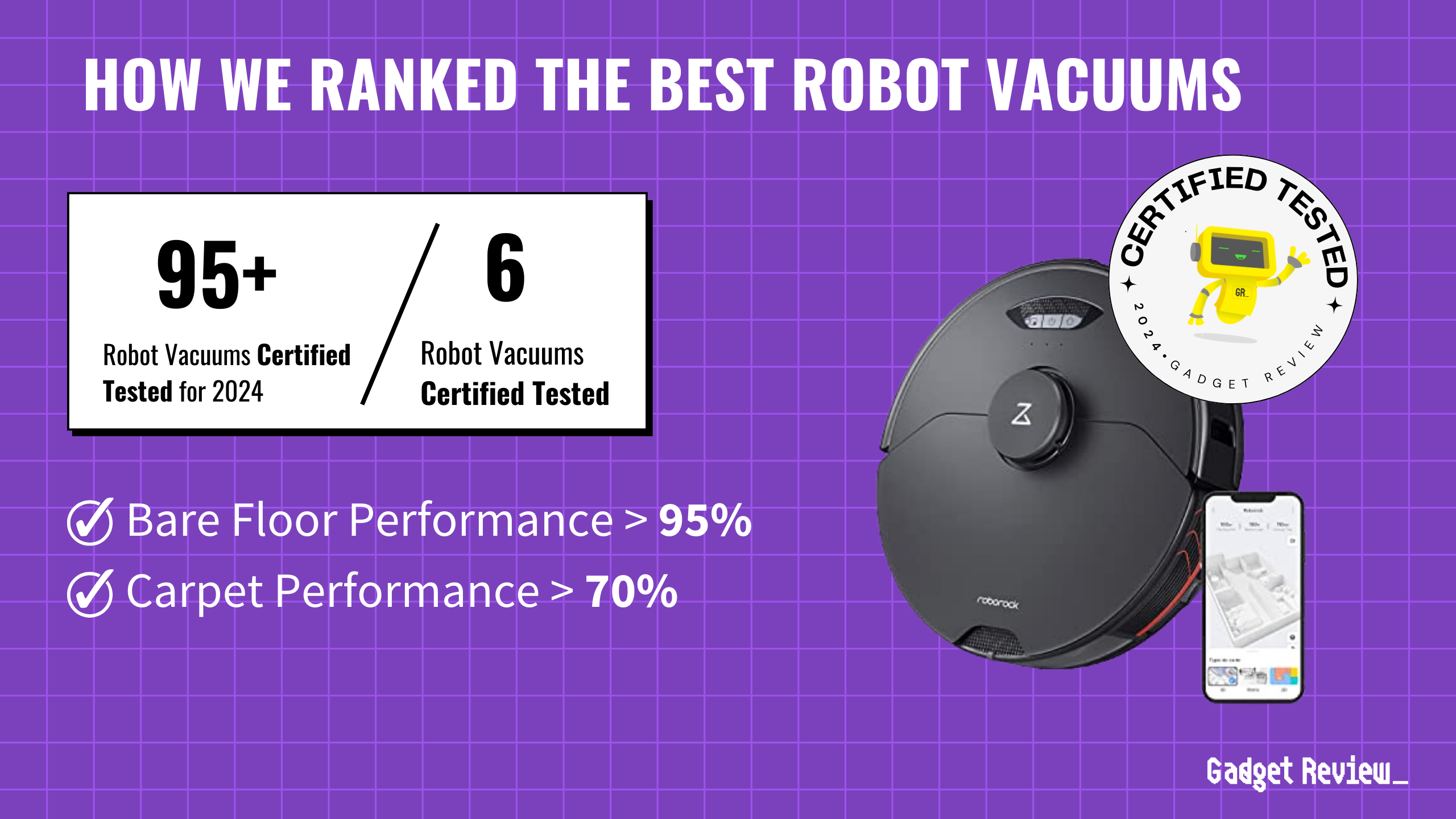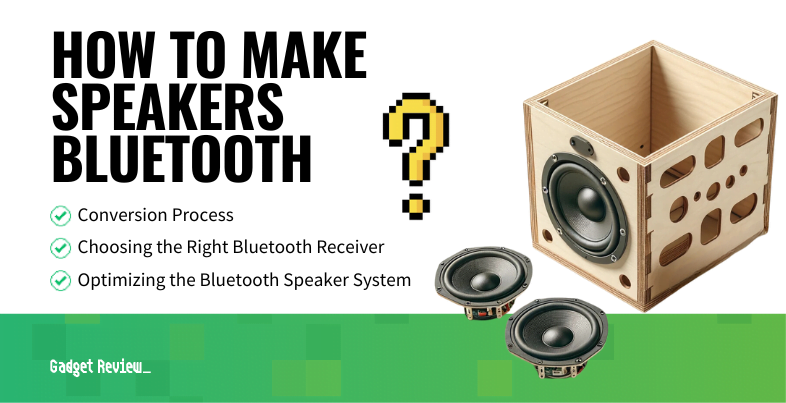OpenAI CEO Sam Altman announced that the company will offer free unlimited access to its upcoming GPT-5 AI model, while dramatically simplifying its product lineup by eliminating the need for users to choose between different AI models.
Why it matters: The announcement changes how users will interact with OpenAI‘s technology by unifying multiple AI capabilities into a single system, while making its most advanced model freely available to the public.
Technical Evolution: The new unified approach introduces several breakthrough capabilities that set GPT-5 apart from current models:
- Chain-of-thought reasoning integration
- Comprehensive multimodal processing
- Advanced personalization features
Strategic Impact: OpenAI’s decision to simplify its product lineup reflects broader changes in the company’s approach:
- Elimination of standalone o3 model
- Integration of all capabilities into one system
- Tiered access based on subscription level
The company will first release GPT-4.5, codenamed Orion, as its final non-chain-of-thought model in the coming weeks, followed by GPT-5 within months. This rapid release schedule suggests increased pressure from competitors like DeepSeek and Google’s Gemini.”
We want AI to ‘just work’ for you; we realize how complicated our model and product offerings have gotten,” Altman posted on X. “We hate the model picker as much as you do and want to return to magic unified intelligence.”
The unified GPT-5 system will incorporate voice interaction, canvas features, search capabilities, and deep research functions. Plus and Pro subscribers will gain access to “higher intelligence” settings, though Altman didn’t specify how these tiers would differ in capability.
This move comes as OpenAI faces growing competition in the AI sector. By offering free access to GPT-5’s standard intelligence setting, the company appears to be prioritizing widespread adoption over immediate monetization.
The integration of o-series reasoning capabilities into GPT-5 marks a significant technical advancement, potentially enabling more sophisticated problem-solving and reducing the frequency of AI hallucinations that have plagued earlier models.




